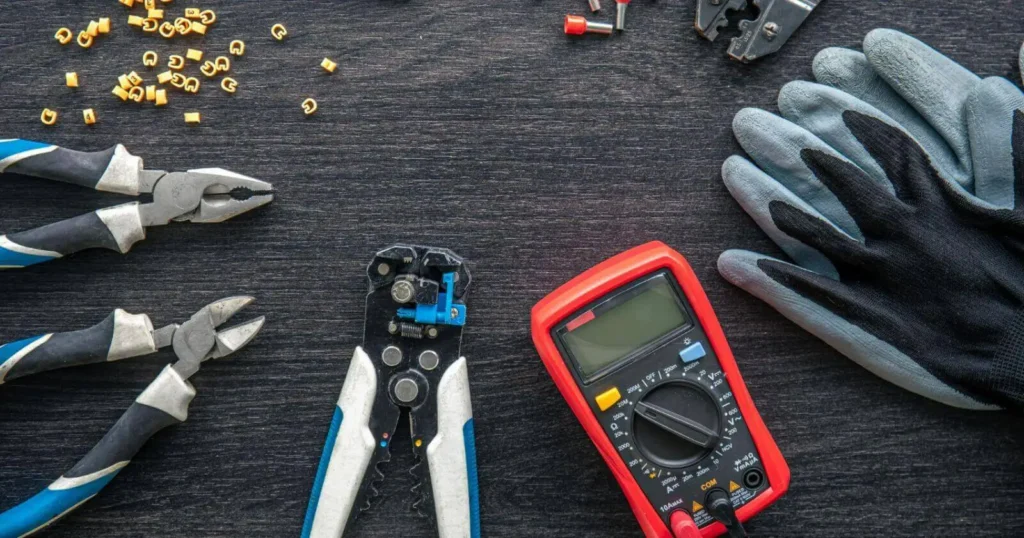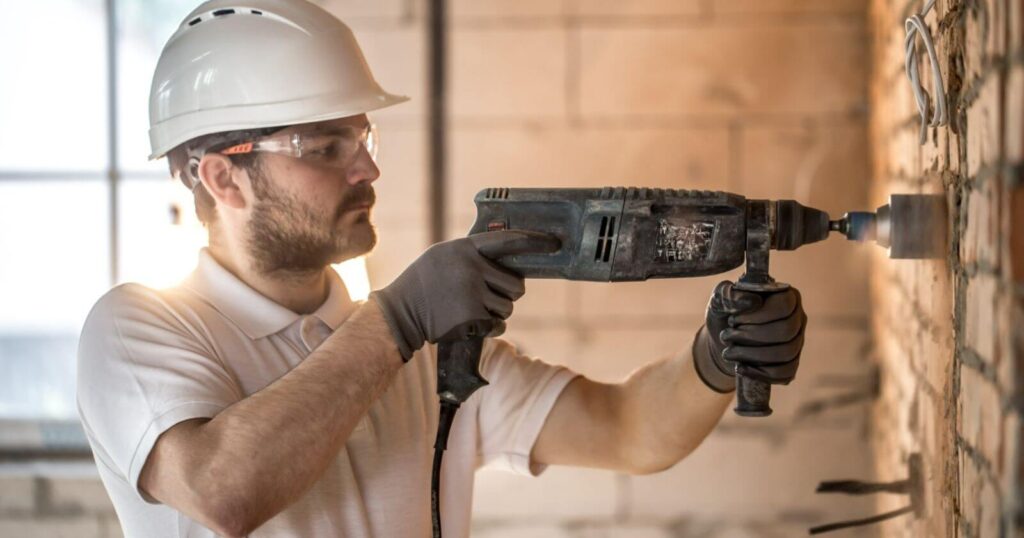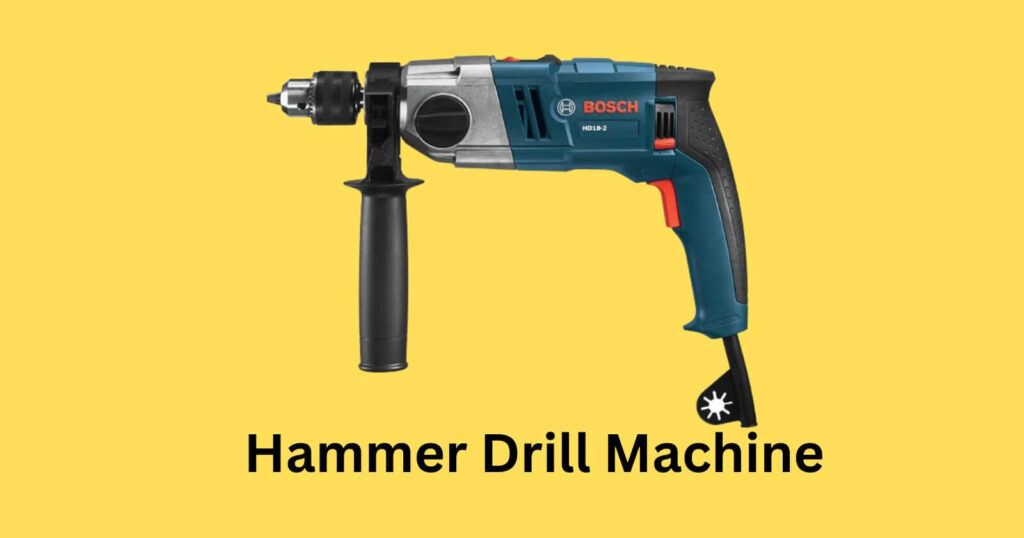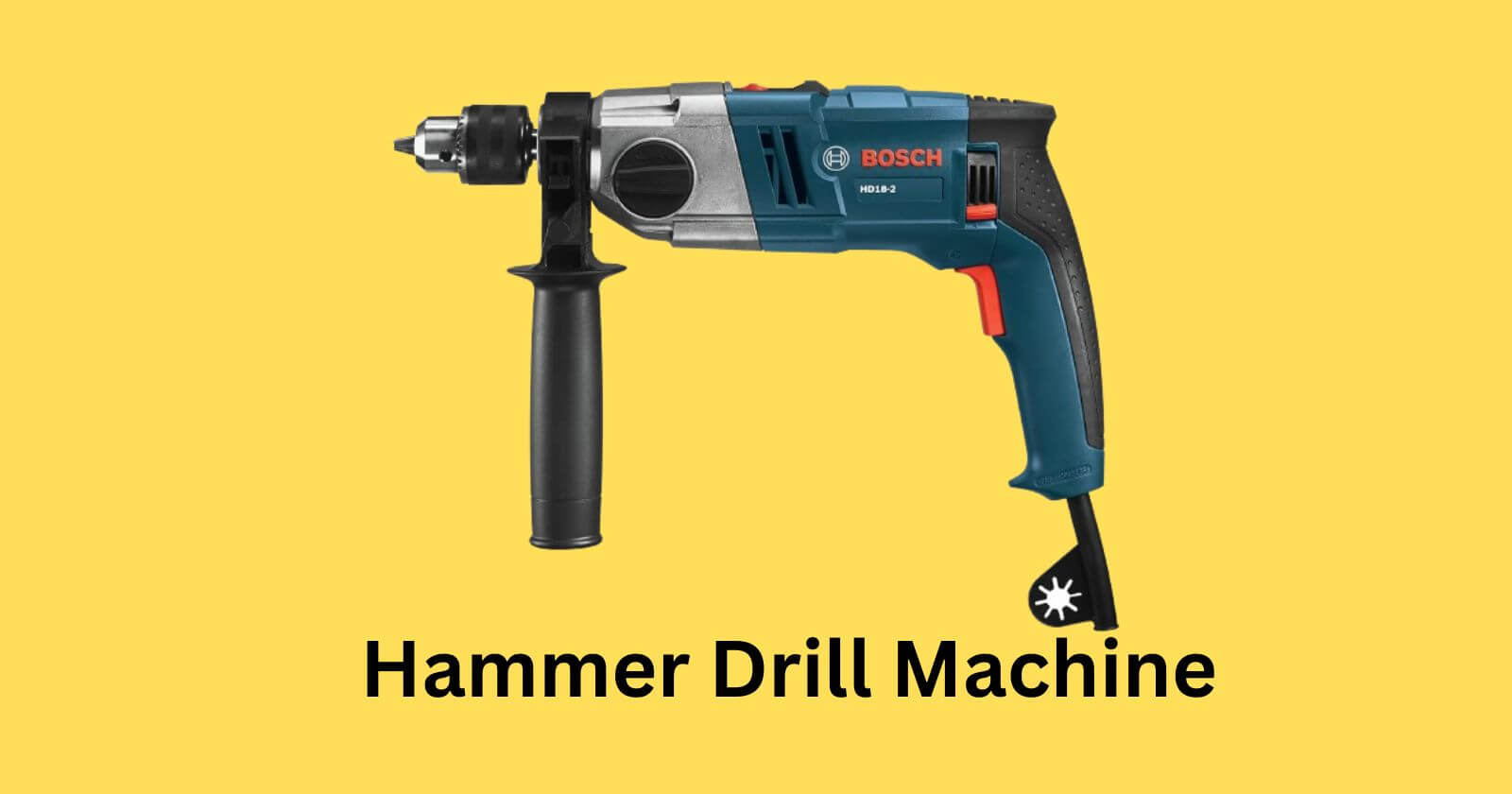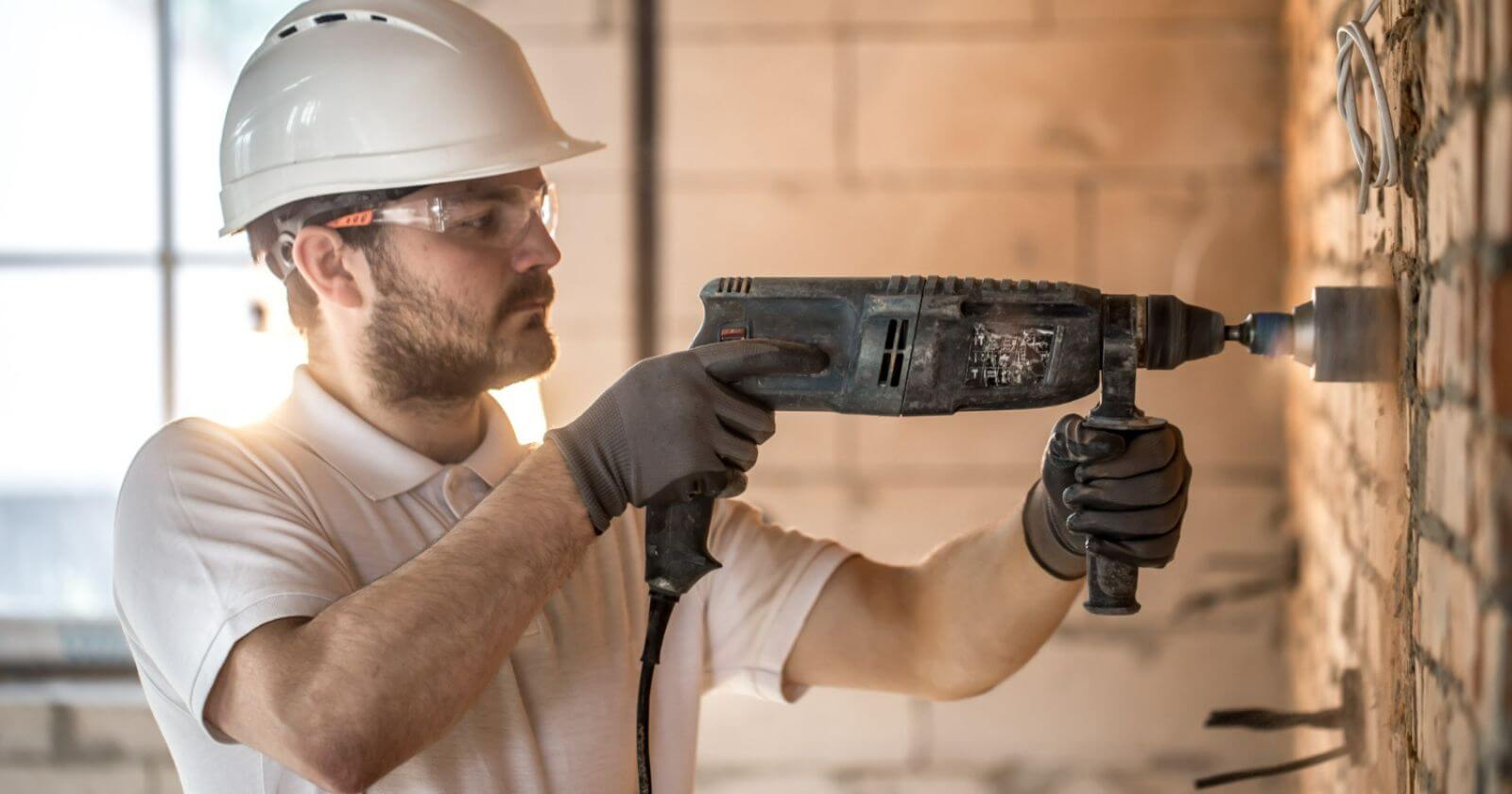What is a Wire Stripper? Types, Uses, and Tips for Beginners
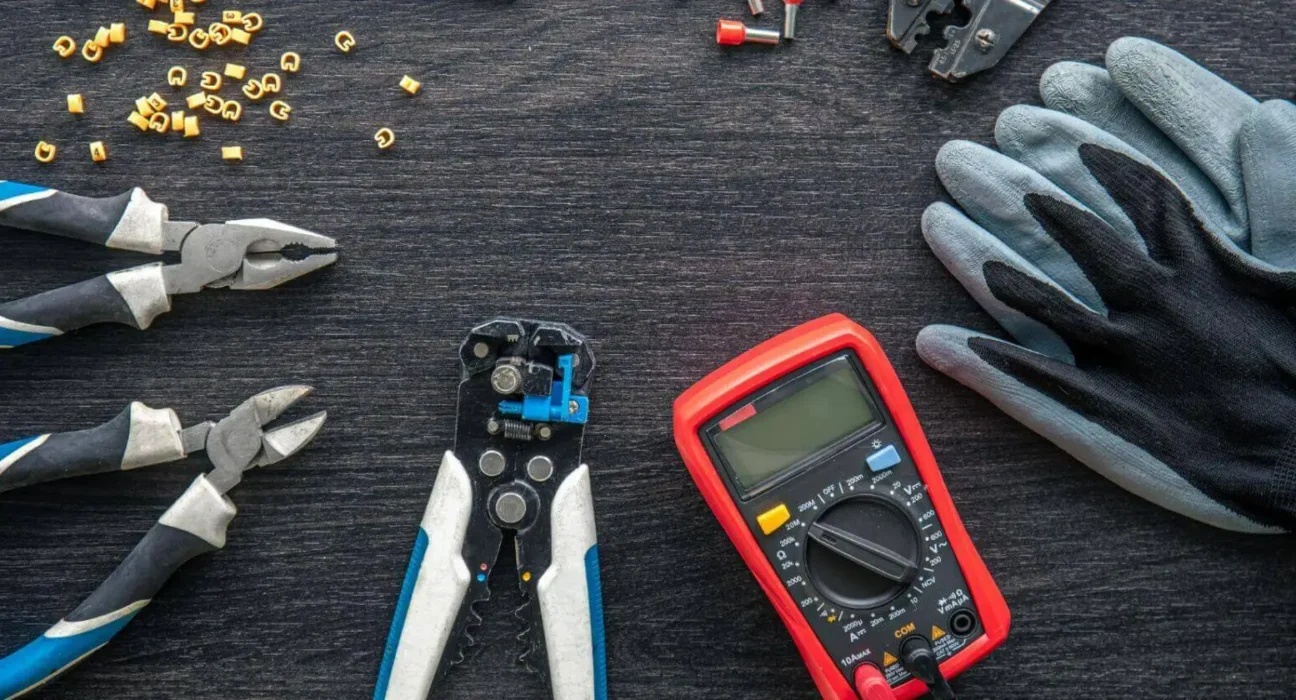
When working on electrical projects or DIY repairs, one tool you’ll find indispensable is the wire stripper. Whether you’re an electrician, a hobbyist, or just someone interested in home improvement, wire strippers help you work more efficiently and safely when dealing with electrical wires.
Table of Contents
What is a Wire Stripper?
A wire stripper is a hand tool used to remove the insulation of the plastic or rubber covering from electrical wires, exposing the metal inside for connection or splicing. It’s an essential tool for working with electrical systems, as bare wires are needed to make proper electrical contacts.
Wire strippers come in various designs and are typically equipped with notches or cutting blades designed to match different wire gauges, allowing you to strip wires without damaging the metal conductor inside.
Types of Wire Strippers
Manual Wire Strippers
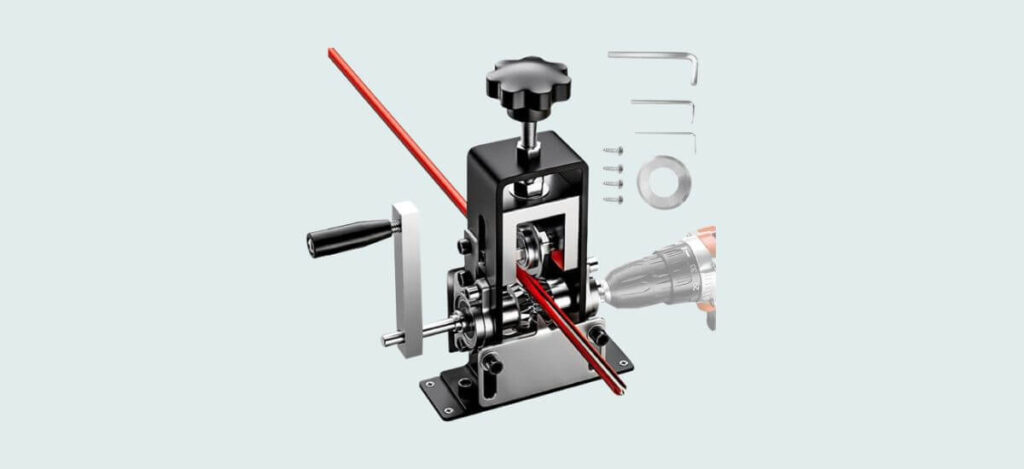
Manual wire strippers are the most basic type and require you to position the wire in the right notch corresponding to its gauge, squeeze the handles, and pull off the insulation. They are straightforward to use, durable, and affordable, making them ideal for beginners and casual users.
Pros: Affordable, simple to use, and durable.
Cons: Requires more manual effort and care to avoid damaging the wire.
Automatic Wire Strippers

Automatic wire strippers are designed for speed and efficiency. They automatically adjust the thickness of the wire and strip the insulation with minimal effort. Simply place the wire in the tool, squeeze the handles, and the stripper does the rest. These are great for professionals who deal with a high volume of wires.
Pros: Fast, efficient, and suitable for a variety of wire sizes.
Cons: More expensive, slightly bulkier than manual versions.
Adjustable Wire Strippers
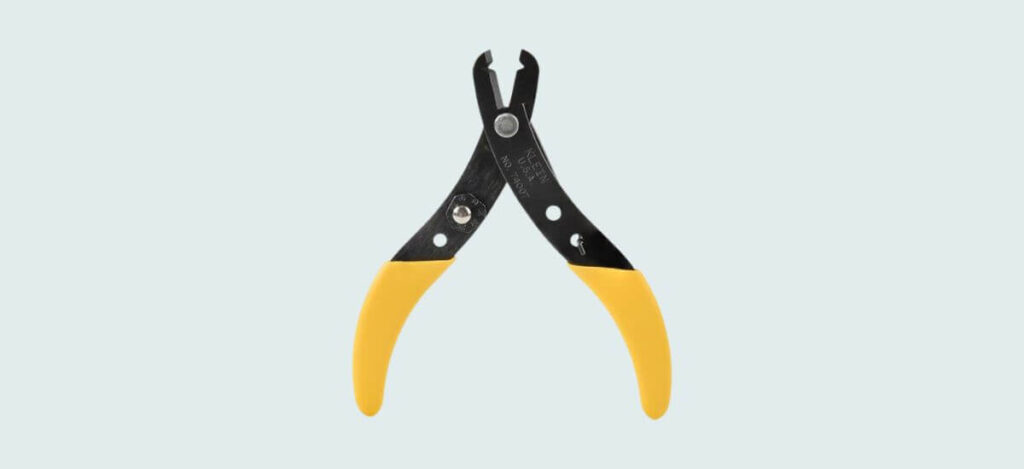
These strippers allow you to manually adjust the tension and cutting depth for stripping different types of wire insulation. They are useful when dealing with non-standard or delicate wires where precision is crucial.
Pros: Customizable, great for delicate work.
Cons: Requires manual adjustment, can be tricky for beginners.
Self-Adjusting Wire Strippers

Self-adjusting strippers combine the best of both manual and automatic types. They automatically adjust to different wire gauges without needing manual settings and work quickly. They’re highly versatile and perfect for anyone who handles various wire sizes.
Pros: Versatile, quick, and easy to use.
Cons: Higher cost, larger.
How to Use a Wire Stripper
Using a wire stripper may seem simple, but following the correct steps ensures a clean, professional job and minimizes the risk of damaging the wire.
Choose the Right Notch: Most manual wire strippers come with a range of notches for different wire gauges. Match the wire with the appropriate notch to avoid cutting into the conductor.
Grip and Strip: Position the wire in the notch that matches its gauge, squeeze the handles together, and pull the stripper along the wire to remove the insulation. Be careful not to apply too much pressure, as this could lead to or cut the wire.
Twist Wires if Necessary: After stripping the wire, you may need to twist the exposed strands of a multi-stranded wire together to make the connection cleaner and more stable.
Repeat: If you need to strip multiple wires, repeat the process, adjusting your tool for different wire gauges if necessary.
Maintenance Tips for Wire Strippers
- Keep it Clean: After use, clean off any wire debris or insulation particles to prevent buildup.
- Oil the Pivot Point: Lubricate the tool’s pivot point occasionally to keep the movement smooth.
- Store Properly: Store your wire stripper in a dry place to avoid rust and corrosion.
- Inspect Regularly: Check for worn-out blades or notches. If the cutting edges become dull, it may be time to replace the tool.
Final Thoughts
Wire strippers are a vital tool for anyone working with electrical wiring. By choosing the right type of wire stripper and using it correctly, you can work more efficiently, reduce the risk of errors, and complete your projects with confidence. Whether you’re a professional electrician or a weekend warrior, investing in a quality wire stripper is an essential step toward tackling electrical work safely and effectively.



